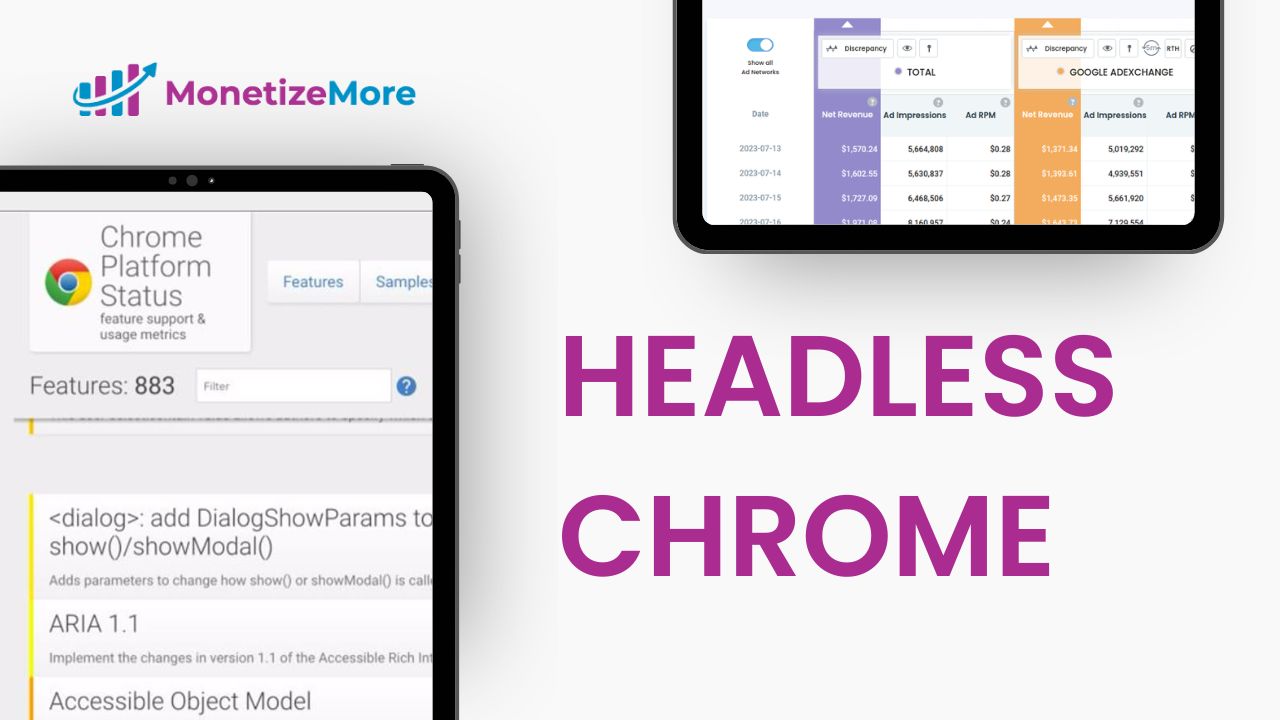Headless Chrome Explained
Headless Chrome is a specialized version of Google Chrome that operates entirely without a graphical user interface (GUI). In essence, it’s Chrome without the visual components you normally see. Instead of clicking buttons and typing into text fields, Headless Chrome is controlled through command-line instructions or automated scripts. This makes it ideal for a wide range of tasks:
- Automated Testing: Simulate user interactions on web pages to ensure websites and web applications function correctly across different browsers and devices.
- Web Scraping: Extract data from websites efficiently and systematically without the overhead of rendering visual elements.
- Performance Optimization: Analyze website loading times and resource usage without the influence of a GUI.
- Server-Side Rendering: Generate web pages on a server for faster initial page loads and improved SEO.
- Monitoring and Alerts: Automatically check websites for changes or specific conditions.
- Task Automation: Perform repetitive browser-based tasks like filling out forms or taking screenshots.
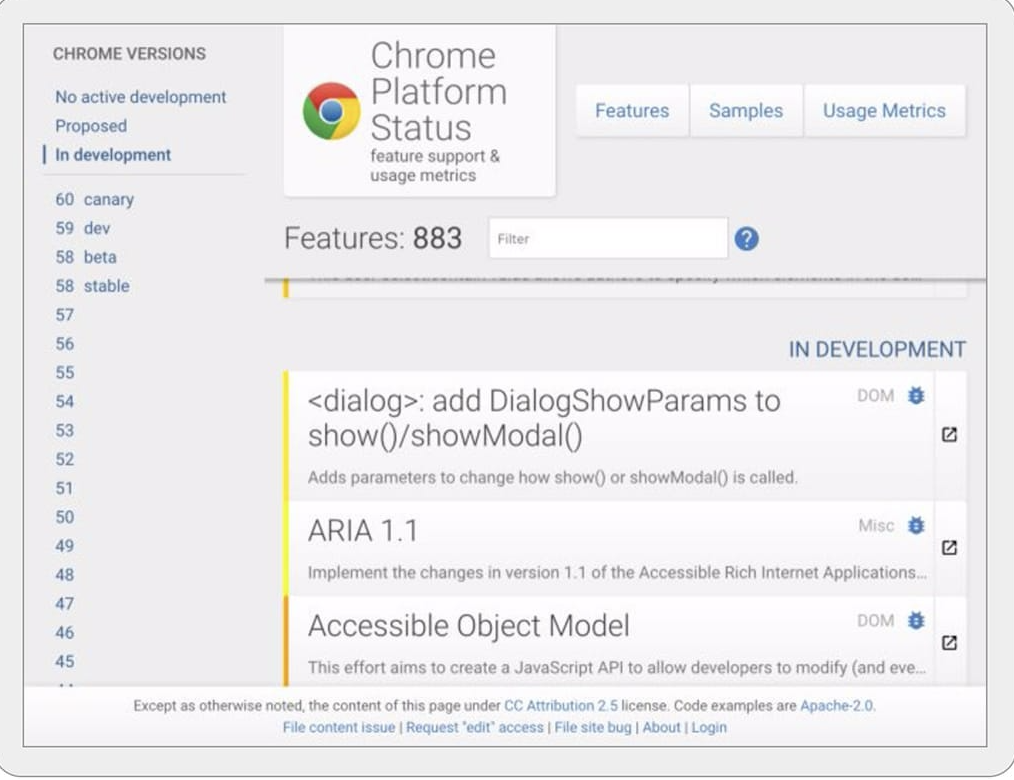
Headless Browser Explained
A headless browser is a web browser designed to operate without a graphical user interface (GUI). While traditional browsers like Chrome, Firefox, or Safari display web pages visually, headless browsers function entirely in the background. They don’t render the visual elements of a website, focusing solely on the underlying code and data. This makes them significantly faster and more efficient for specific use cases:
- Web Scraping and Data Extraction: Headless browsers can rapidly navigate through web pages, extract information, and store it without the time-consuming process of rendering visuals.
- Automated Testing: They provide a controlled and consistent environment for testing web applications, ensuring they function correctly under various conditions.
- Content Generation: They can be used to generate reports, screenshots, or PDFs from web content.
Why Use Headless Chrome?
Headless Chrome is particularly useful for several reasons:
- Automated Testing: Developers utilize headless browsers to run scripts that simulate user interactions, helping identify bugs and performance issues in web applications.
- SEO Optimization: SEO professionals use headless browsers to analyze how search engines view their websites, enabling them to fix issues like broken links or improperly rendered content that could affect search rankings.
However, headless browsers can also be exploited for malicious purposes, such as:
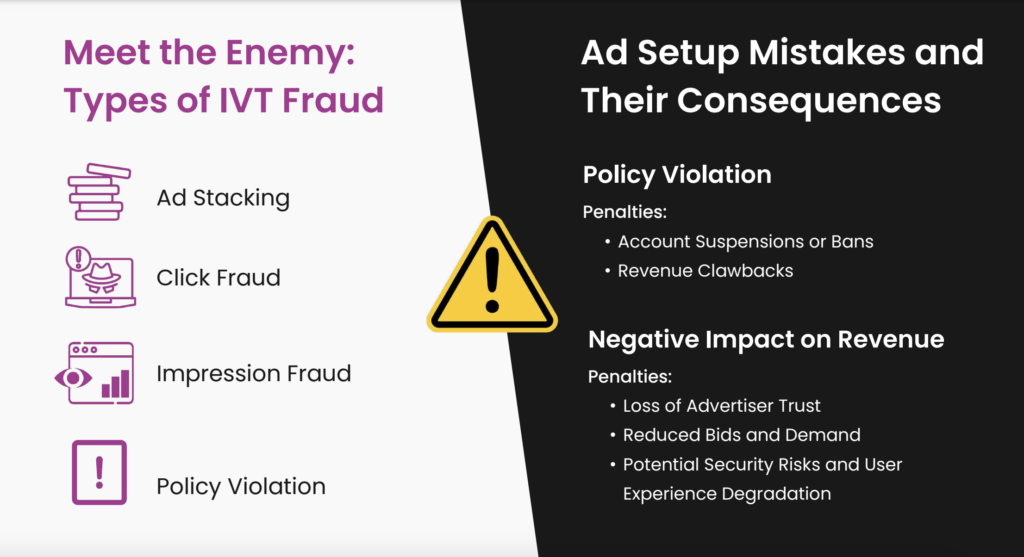
- Web Scraping: Attackers can use headless Chrome to extract content from websites, bypassing traditional scraping defenses.
- Fraudulent Activities: Headless browsers can be employed to generate fake user interactions, inflate ad impressions, or discover vulnerabilities in web applications.
How to Use Headless Chrome?
Google integrated headless capabilities into Chrome starting from version 59, allowing users to run it from the command line. Popular libraries for utilizing headless Chrome include:
- Puppeteer (Node.js): This library offers a high-level API, making it easier to control Headless Chrome with JavaScript. It provides features for navigation, interacting with web pages, taking screenshots, and generating PDFs.
- Selenium: While not exclusive to Chrome, Selenium is a well-established framework for automating web browsers for testing and web scraping purposes. It supports multiple browsers and offers a wide range of features.
- Playwright (Node.js, Python, Java, .NET): A newer library known for its cross-browser compatibility (including Chrome, Firefox, and WebKit) and modern features tailored for today’s web developers.
These libraries enable users to perform tasks such as:
- Crawling Web Pages: Systematically navigate through websites, following links and collecting data.
- Clicking on Elements: Interact with buttons, links, and other interactive elements on a web page.
- Downloading Data: Fetch files, images, or any other type of data from websites.
- Submitting Forms: Automatically fill out and submit online forms.
- Taking Screenshots: Capture images of web pages at specific points in time or during interactions.
- Generating PDFs: Create PDF documents from web pages for offline viewing or archiving.
- Performing Visual Regression Testing: Compare screenshots of web pages over time to detect visual changes.
- Automating User Flows: Simulate user actions on websites for testing or demonstration purposes.
Detecting Headless Browsers
Detecting headless browsers can be challenging, especially when attackers configure them to mimic regular browser behavior. However, several techniques can help identify headless Chrome:
- User Agent Strings: Headless Chrome typically has a user agent string that includes “HeadlessChrome.” This can be checked against expected values.
- Navigator Properties: Properties such as
navigator.webdriver, navigator.languages, and navigator.plugins can reveal headless behavior. For instance, headless Chrome may return an empty array for navigator.plugins.
- WebGL Rendering: The rendering information from WebGL can indicate whether the browser is headless. Headless Chrome often uses “Mesa OffScreen” as the renderer.
- Behavioral Analysis: Monitoring mouse movements, scrolling behavior, and response times can help detect automated interactions typical of headless browsers.
Protecting Your Business from Headless Browser Threats with MonetizeMore’s Traffic Cop
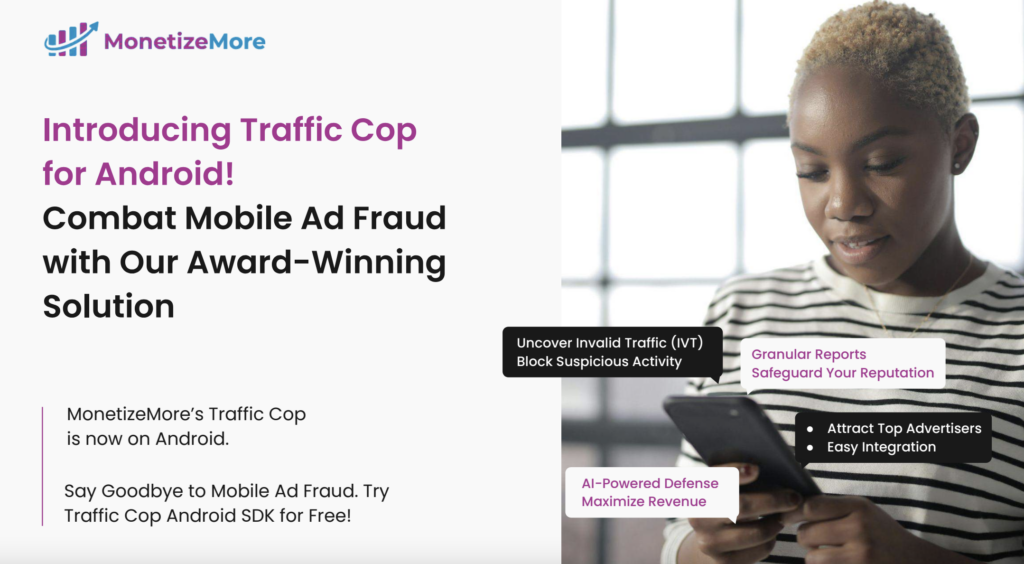
To effectively combat the risks associated with headless browsers, implementing a specialized bot-blocking solution is essential. These solutions analyze incoming requests to identify and block malicious traffic, ensuring that only legitimate users can access your web resources.
MonetizeMore’s Traffic Cop stands out in this arena. Our advanced bot detection algorithms are designed to detect and mitigate threats from headless browsers in real time, providing robust protection for your websites, mobile apps, and APIs.
Key Features of Traffic Cop
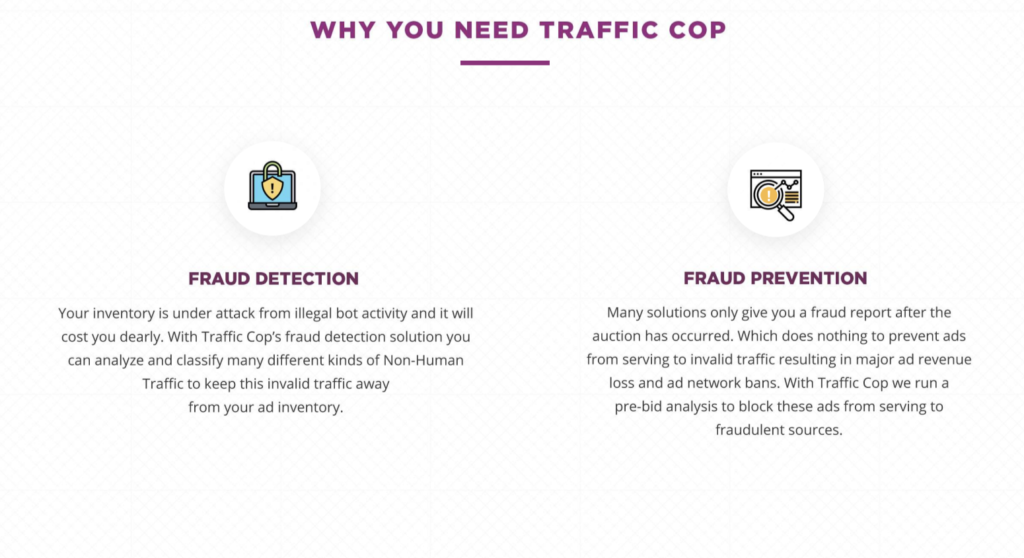
- Real-Time Protection: Our solution blocks malicious bot requests within milliseconds of their arrival, safeguarding your digital assets from potential harm.
- Comprehensive Analysis: By examining user behavior and browser properties, we can distinguish between legitimate users and automated threats, including those posed by headless browsers.
- Expert Support: Our team of SOC experts is dedicated to monitoring and responding to threats, ensuring that your business remains secure against evolving tactics fraudsters use.
Take Action Today
The stakes are high when it comes to protecting your online presence. Headless browsers can generate fake traffic, inflate ad impressions, and exploit vulnerabilities, which can lead to significant financial losses and damage to your brand reputation.
Don’t wait until it’s too late. Start your free trial of MonetizeMore’s Traffic Cop today. If you prefer a more personalized approach, feel free to request a demo of our software, where we can showcase how our solutions can specifically address your business needs.
With over ten years at the forefront of programmatic advertising, Aleesha Jacob is a renowned Ad-Tech expert, blending innovative strategies with cutting-edge technology. Her insights have reshaped programmatic advertising, leading to groundbreaking campaigns and 10X ROI increases for publishers and global brands. She believes in setting new standards in dynamic ad targeting and optimization.
